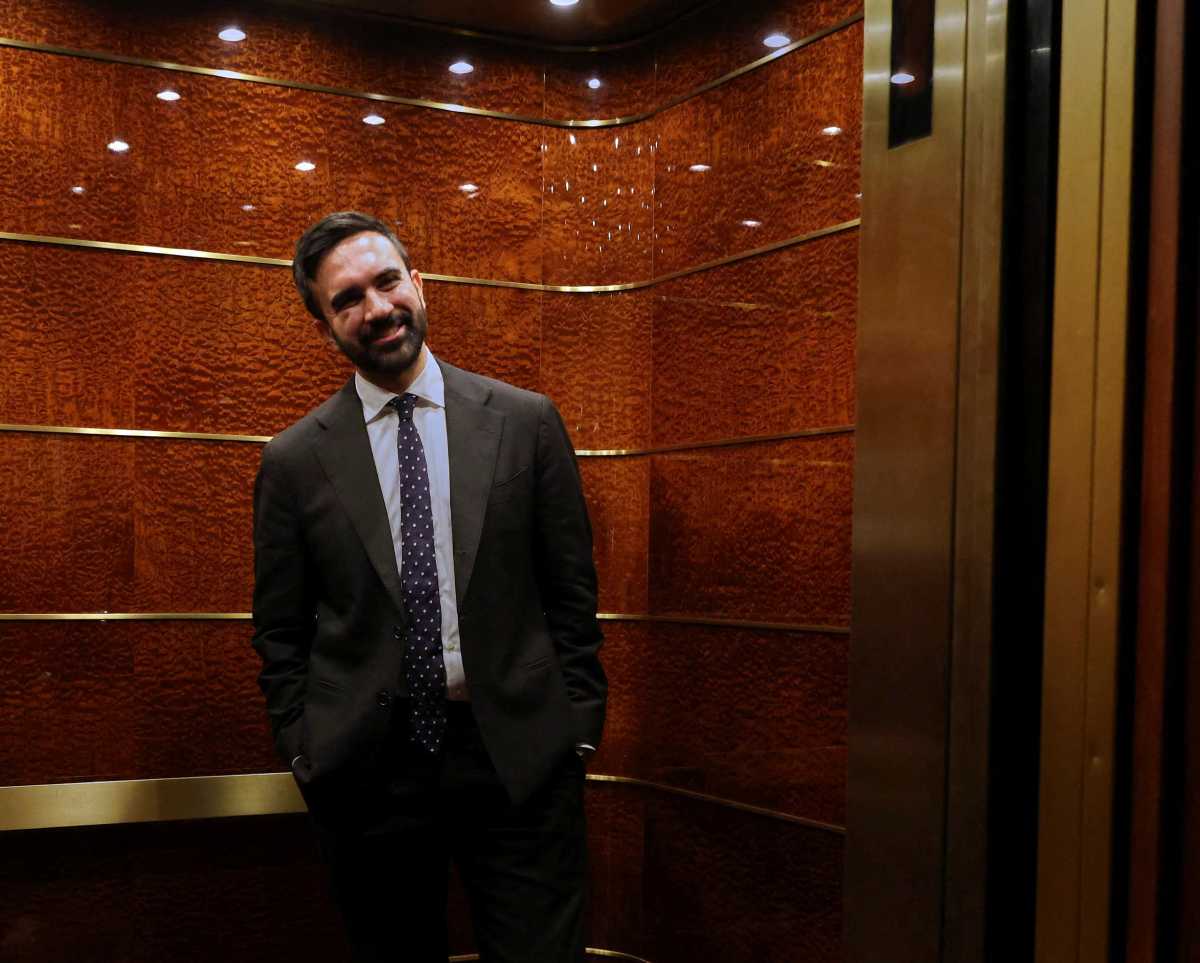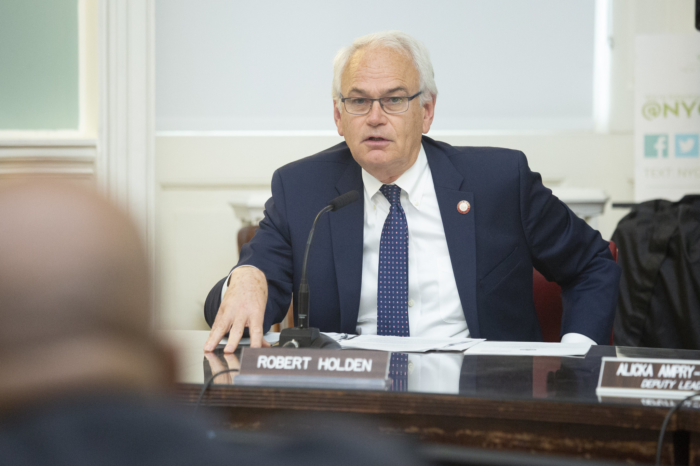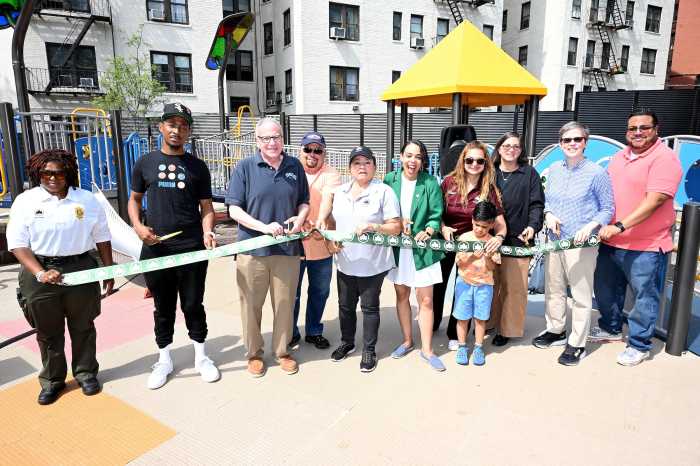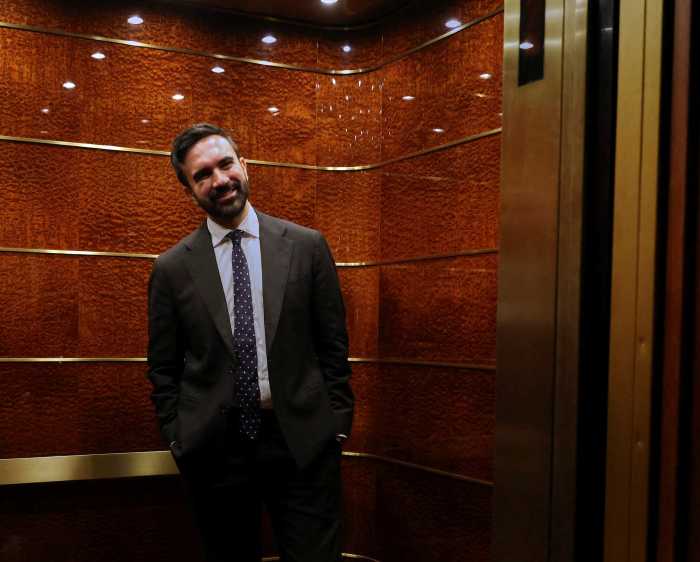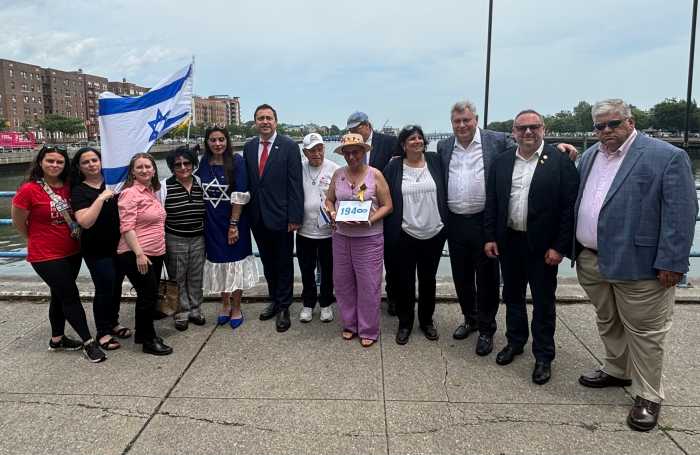Income inequality in the city has gotten so bad in the last few years, it’s created an economically divided Big Apple, a report released Wednesday said.
NYU’s Furman Center’s “State of New York City’s Housing and Neighborhoods” study said the percentage of low-income New Yorkers grew faster than the upper class from 1990 to 2012.
The percentage of households making more than $250,000 grew from 3% to 5%, while those making $40,000 or less grew from 35% to 40% during that period, it said.
Rising housing costs exacerbate the issue because the lack of affordable housing options for middle and lower income people have made it harder for those New Yorkers to have the best quality of life, according to the Furman Center.
“While we have seen the same pattern in cities across the country, a higher share of New York City moderate-income renter households are rent burdened than elsewhere,” said Ingrid Gould Ellen, the Faculty Director of the NYU Furman Center.
The Bronx and Brooklyn saw the highest increase in households making less than $40,000, according to the report, which was based on census data.
While 34% of the city’s lowest earners resided in Brooklyn in 2012, nearly half of the households with incomes in the top 10% lived in Manhattan in the same year.
In 1990, only 40% of the top earners called Manhattan home.
The report warned this neighborhood discrepancy increases the chances that richer communities will have access to better services than their low income counterparts.
“Overall, lower income households continue to live in neighborhoods with higher crime rates and lower performing schools than their higher income counterparts,” the report said.
The Furman Center suggested the city create more opportunities for affordable housing and provide more opportunities for economic growth in low-income earners’ neighborhoods.
Wiley Norvell a spokesman for Mayor Bill de Blasio, said the administration is hard at work at curbing this economic trend.
“From a historic affordable housing program that will help 200,000 families to making pre-K free and universal for every child, we are tackling this challenge with every tool at our disposal,” he said.




